Vina Vik is a spectacular winery project at the end of a far-away valley in Chile. It was created by the Norwegian entrepreneur Alexander Vik and is managed and run by Patrick Valette and Gonzague de Lambert. They have the humble goal to make the best wine in South America at Vina Vik. BKWine’s Britt Karlsson went there, together with a group of BKWine wine lovers, to investigate.
If you have enough money, you can go to Chile and buy a piece of land and start to make your own wine. This is exactly what the Norwegian financier and entrepreneur Alexander Vik did. The result is a spectacular vineyard and a magnificent wine.
The new winery was inaugurated in time for the harvest 2014. The capacity is 3 million litres. It is an ultra-modern, fascinating construction. To save energy the roof is a semi-translucent membrane that lets in natural light. No lamps are need during the day. The fermentation tanks are in different sizes, many of them small, 5,000 litres and 12,000 litres. Each plot can be vinified separately. The new oak barrel cellar has room for 13,000 barriques.
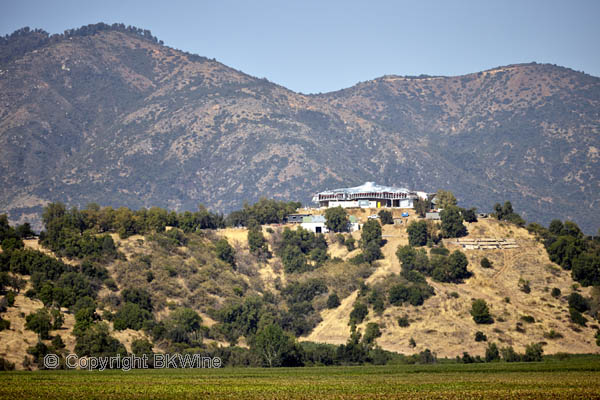
The flowing “mirror of water” on the roof of the winery, which cools the barrel room located beneath it, is spectacular. There are walkways where visitors can walk among the running water. It is aesthetic, environmentally friendly and visually startling.
The Vik adventure begun in 2005. Alexander Vik phoned Patrick Valette and asked him to find suitable land in Argentina for a future vineyard. Patrick Valette is a well-known French winemaker and wine consultant (and he is half-Chilean). His family owned the famous Chateau Pavie in Saint Emilion until 1998. Patrick accepted the mission but had trouble finding anything suitable in Argentina. The complicated Argentine bureaucracy did not make things easier. Instead, he started looking in Chile.
Eventually he found an area in Colchagua, some 200 kilometres south of Santiago. It seemed to be perfect. “We made around 4000 analyses of the soil to be absolutely sure that it was good wine-growing land,” he says.
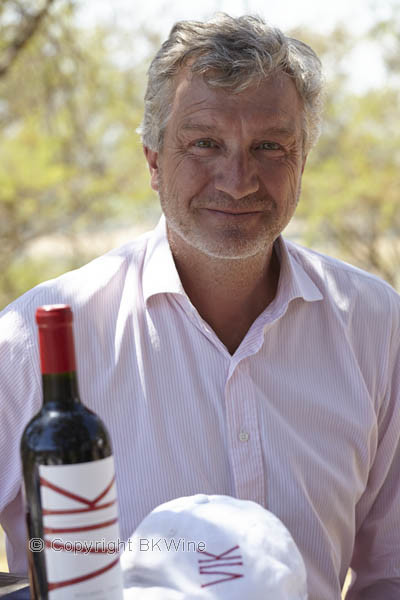
In 2006 the project was launched. A domain of 4300 hectares of land was created. So far, 270 hectares are in production. But there will be more. The planting density is higher than it usually is in Chile, 7500 vines per hectare and 8000 on the slopes. “The high density helps to prevent soil erosion”, says Patrick.
The grapes planted are primarily Cabernet Sauvignon and Carmenère. Cabernet Sauvignon is exposed to the south otherwise it would be too hot for this grape. Carmenère, however, ripens late and needs a lot of sun so it gets northern exposure. We are in the southern hemisphere so it is, of course, the other way around compared to the northern hemisphere. “Yes, it is warm here”, says Patrick, “but we always have a refreshing wind blowing. During the day it comes from the Pacific Ocean, during the night from the Andes. In addition, the temperature drops dramatically at night. We can have 33 degrees C in the day and 12 at night.”
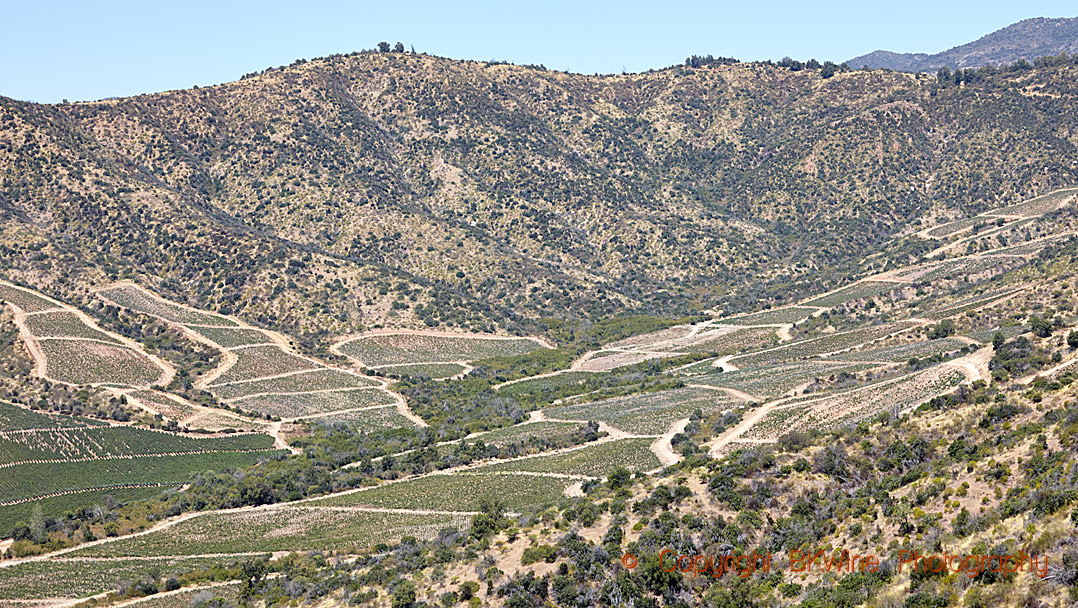
Patrick and his team are aiming at the highest quality possible. The inspiration comes, perhaps not surprisingly, from Bordeaux. “Just like in Bordeaux we make a Grand Vin and maybe we will eventually also make a second wine”, says Patrick. Cabernet sauvignon and Carmenère go, according to Patrick, very well together. “Here in Chile Cabernet Sauvignon gives both structure and softness to the wines. It is the skeleton of the wine.”
The vineyard is planted with 50% Cabernet Sauvignon and 35% Carmenère. The rest is 8% Cabernet Franc, 6% Syrah and 1% of Merlot. “For Merlot it is a bit too hot here,” said Patrick. Syrah and Cabernet Franc, however, seem to be thriving.
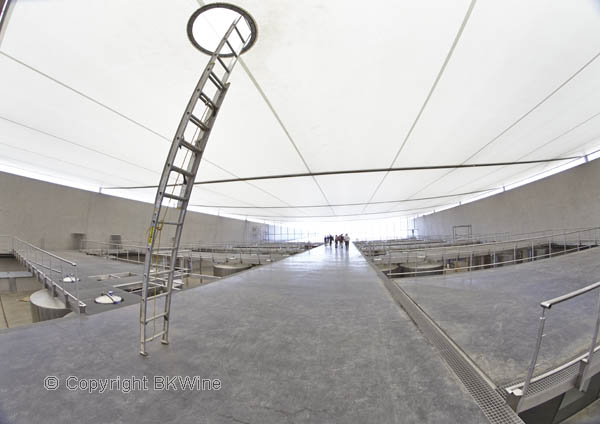
2009 was the first vintage at VIK. The launch price was US$ 100 and it was sold in markets like Asia, the UK, Belgium, Brazil and Norway in early 2011. The blend of this first vintage was 65% Carmenère and 35% Cabernet Sauvignon. It was bottled in December 2010. This is a flavourful wine with elegance and fine fruit and a well-structured finish. The tannins are there but quite soft, which is exactly what Patrick wants to achieve.
The structure of the wine reminds us of a Bordeaux, but it does not feel like a Bordeaux copy even if the wine is kept in tighter rein than is often the case in Chile. One cannot make a Bordeaux in Chile, says Patrick. “Growing conditions are different and also the climate, the winds and the soil. Irrigation is necessary, but it need not be a disadvantage if you give the right amount of water only when the vines really need it.”
“Our vines are obviously still very young but age is not so important here because we have ensured that each grape is well suited to its soil. The wine will be good from the start. The amazing light here in Chile also helps.”
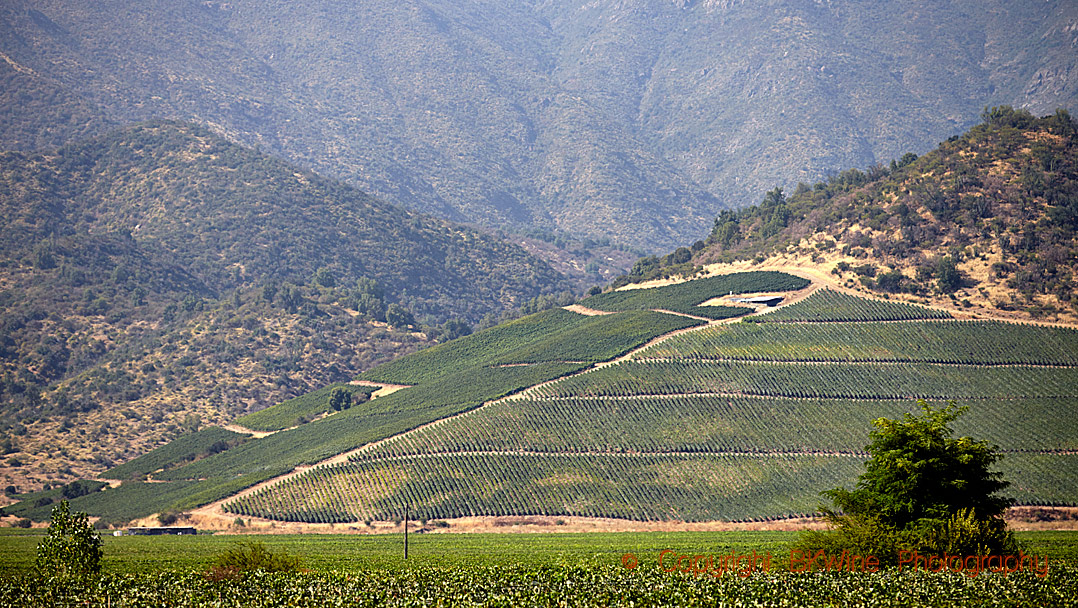
There is no phylloxera in Chile but Patrick still prefers to graft the vines on American rootstocks. “That way we are prepared if phylloxera does come one day. But grafting also provides more homogeneity in the vineyard because we can choose suitable rootstocks for different soils, grapes, etc.” Patrick says that he prefers grafted vines for several reasons, among other – perhaps surprisingly – because it improves the quality of the wine: “When planting grafted vines you can choose a root that is suitable for the particular type of soil where you plant, which can make the quality of the fruit better.”
Fruit and elegance in a wine means a lot to Patrick. “In Chile, people understand more and more the importance of the work in the vineyard. For too long focus has been on the work in the cellar. Keeping the yield down is vital for the quality of the wine. Also, ploughing and aerating the soil is important because a compact soil cannot provide good quality grapes.”
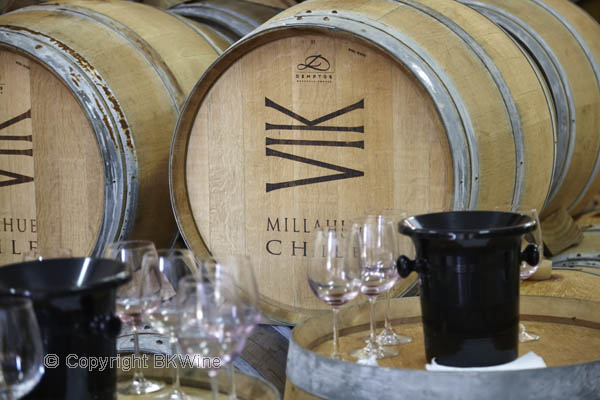
Finding the right harvest date is among the most important decisions during the year, says Patrick. “The tannins soften the last days of ripening. You have to make sure that you do not harvest overripe grapes and not grapes with harsh tannins either.”
“Chile is a very interesting wine country,” he continues. “You can make exceptional wines in Chile. It’s even easy to make wine in Chile. We do not have a lot of rain, but we still have plenty of water for irrigation. But if you want to make high quality wines, you have to think about all the small details and not leave anything to chance.”
To harvest at night can be an advantage in hot climates. But this is done usually by machine. Hand harvesting at night? Yes, it is possible. At VIK 60 persons with head lamps harvest throughout the dark night. It looks like alien creatures that move among the vines. More staff stands ready at the sorting tables to receive the freshly harvested grapes. The grapes are sorted twice. First, the whole bunches, then the individual grapes after destemming. Only then are they sent, by gravity, into the fermentation tanks.
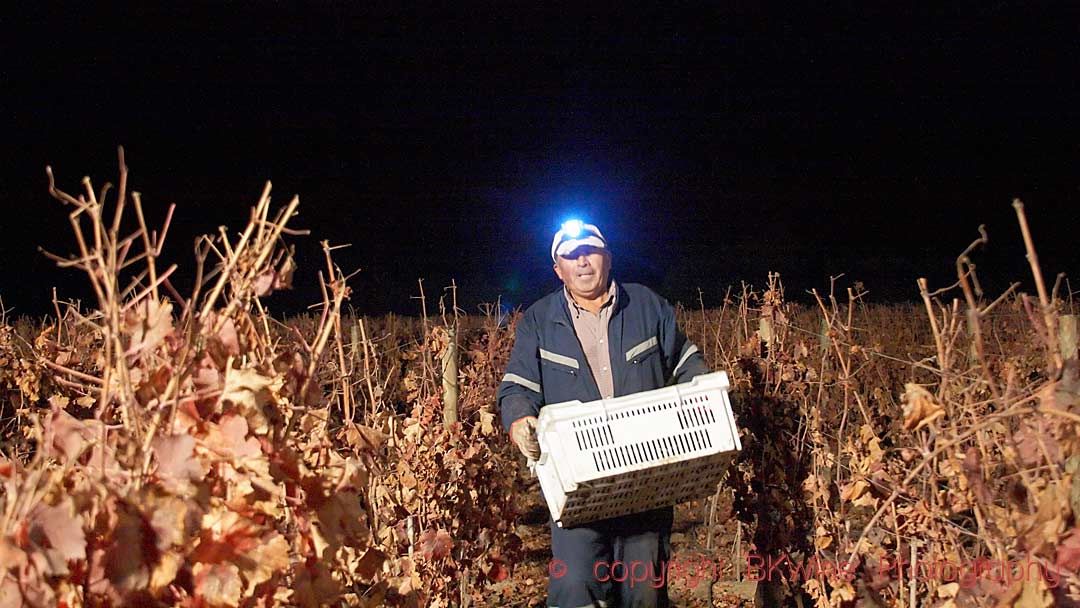
VIK wants to produce the best wine in South America. What is required to achieve this? The winemaker must be both an artist and a technician, says Patrick. “You have to master the technology and obtain balance between fruit and tannins but without forgetting the personal touch.”
Some tasting comments from our visit at VIK in February 2014:
VIK 2011
Elegant and delicious with good structure. Superb balance. The tannins have softened already and the wine can be drunk now with pleasure or be kept further. The wine was bottled in August 2013 after 23 months in new oak barrels. The blend is 56% Cabernet Sauvignon, 32% Carmenère, 5% Cabernet Franc, 4% Merlot and 3% Syrah. In 2011 the vines were between three and five years old.
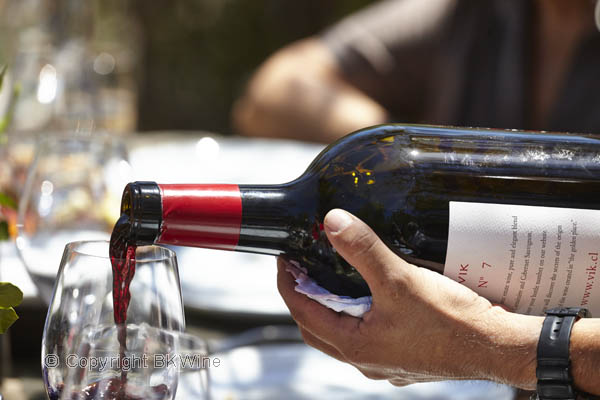
We also tasted the vintage 2013 of the different grapes that are later to be blended. Very interesting.
Cabernet Sauvignon 2013
The grape gives structure to the wine and aromas of black berries. The freshness of the wine comes from the winds that constantly blow, says Patrick. The wine feels already complete, elegant and tasty.
Carmenère 2013
Herbal and floral aromas, a bit spicy, quite elegant. The tannins are distinct but not aggressive. Aged in new barrels but the oak is well balanced and not overpowering. A quite enjoyable wine.
Cabernet Franc 2013
Fresh with high acidity, aromatic, well structured. “Around 5% Cabernet Franc is very good in the blend”, says Patrick. “It gives the wine a fine freshness.”
Merlot 2013
Aromas of sweet fruit and quite round on the palate. But the tannins are there as well (thanks to the light we have here, says Patrick).
Syrah 2013
Spicy and peppery with aromas of ripe black berries. Structured with plenty of tannins and a generous fruit.
More on Vina Vik.
[box type=”info” style=”rounded” border=”full”]
Vina Vik is a unique and spectacular wine project that you can get the opportunity to visit on a wine tour with BKWine Tours to Chile and Argentina. Vina Vik does not accept many visitors so only very few people have had the opportunity to come here. When BKWine was there for the first time Patrick Valette told me: “BKWine is actually the first visitors that we receive at Vik in this way.” Sometimes it can be useful to have a name that people know of in the international wine world.
If you want to experience the magnificent landscapes, the delicious wine and the unique gastronomy in Chile and Argentina, then you can come on a wine tour with BKWine.
Travel to the world’s wine regions with the experts in wine and the specialist in wine travel, BKWine.
[/box]
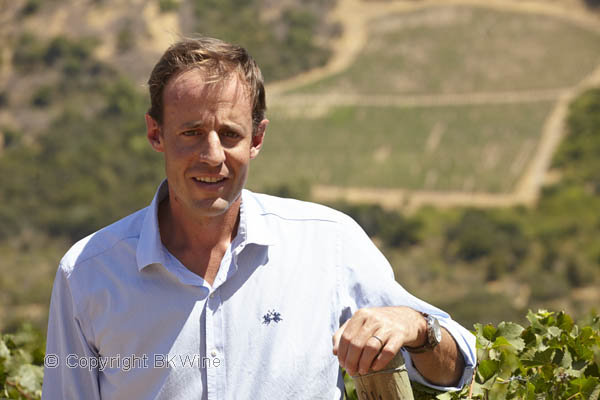
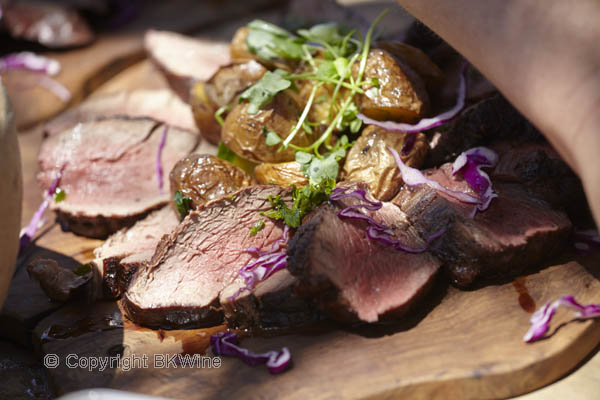
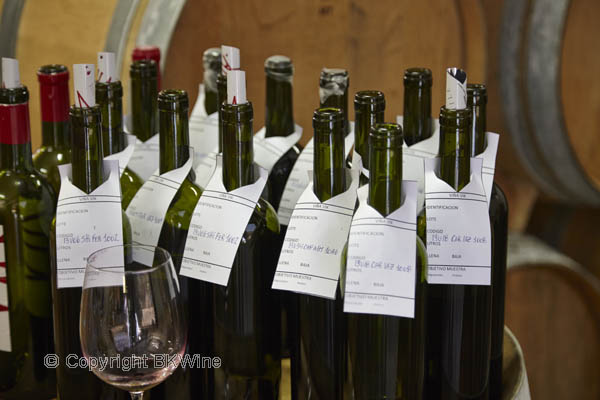
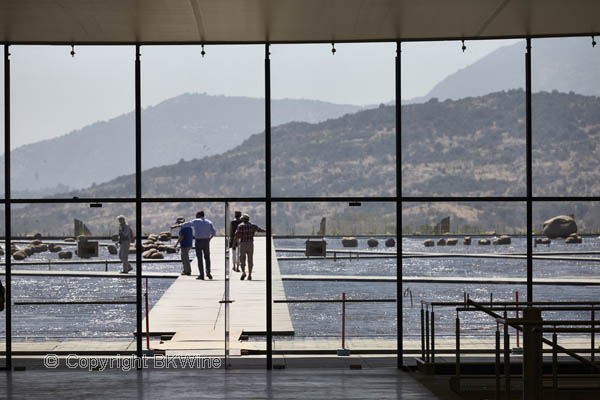
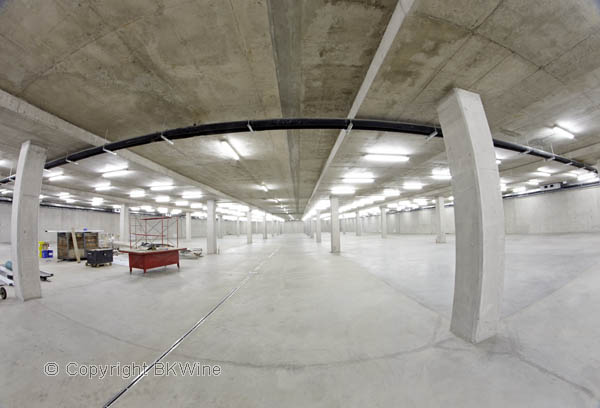
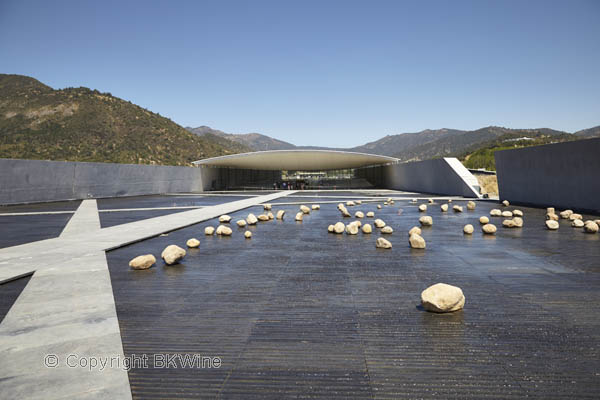
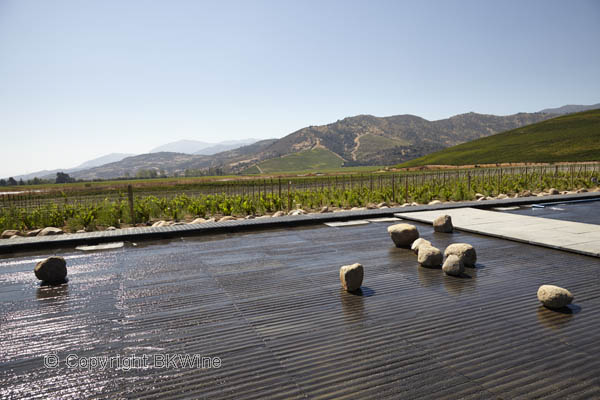
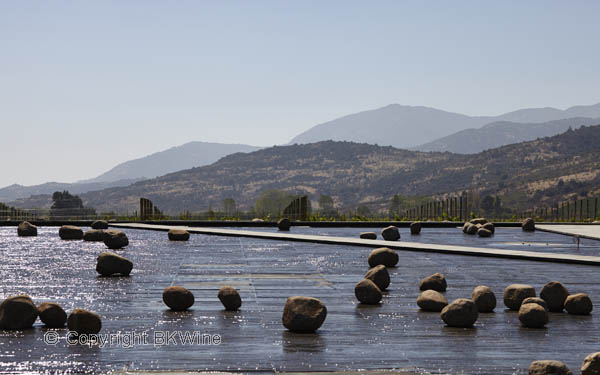
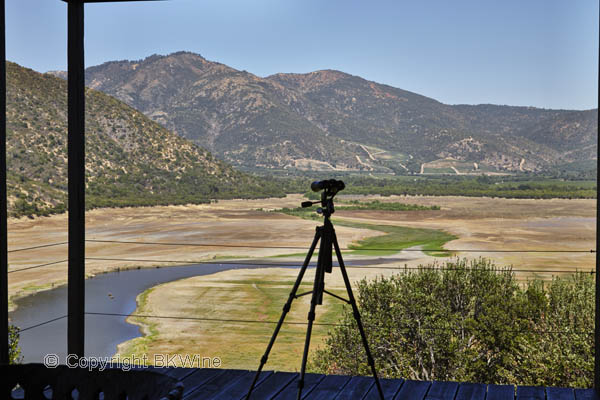

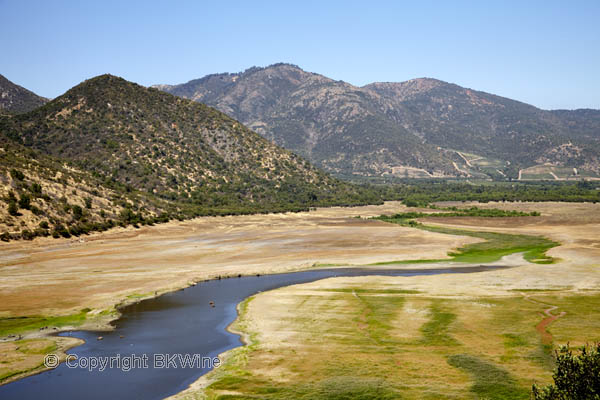
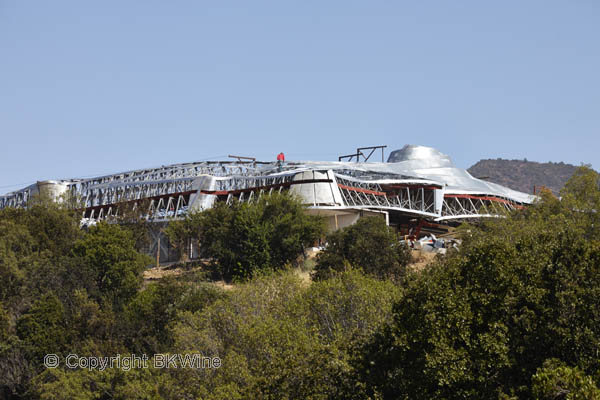




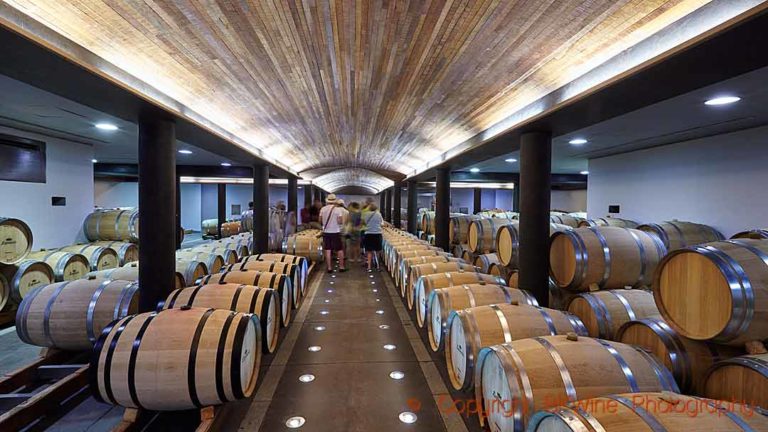
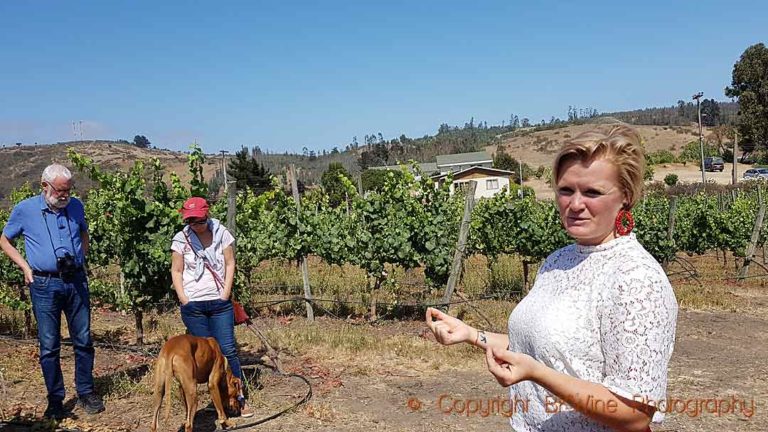





2 Responses
Thank you very much for writing such a thorough and thoughtful article about VIK and Viña Vik! We hope to see you and your guests often at VIK! If your readers would like to purchase VIK please go to our website at http://www.vikwine.com
My best,
Carrie Vik
Hi Carrie,
We hope to be back in February next year. And then perhaps see the hotel in its finished state and the new winery working.
Per